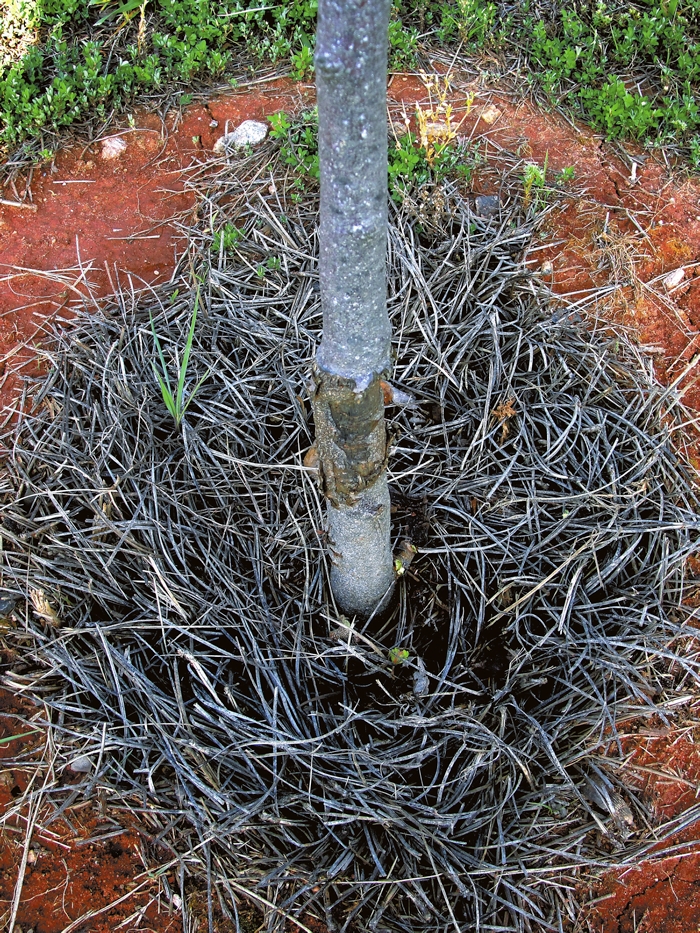Bark damage from mowers can severely damage trees
Published 12:00 am Friday, March 20, 2015

- Mower damage to tree bark can severely damage or kill a tree. Submitted photo.
Warming temperatures and abundant rainfall will soon provide the perfect growing condition for fescue lawns. Many homeowners are just beginning to mow their newly emerging irregular lawns. Unfortunately, in our haste for the perfectly trimmed lawn, many will get much too close to trees and shrubs with their mowers and string trimmers, initiating irreversible damage the trunks of their trees. The most severe injury occurs now when the tree bark is slipping in early spring during leaf emergence, and in early fall during leaf drop.
Bark damage near the base of the tree is the No. 1 killer of many shade trees, including dogwoods. Repeated bumping of the trunks with mowers when homeowners are trying to get all the grass or weeds from around the tree trunk spells an almost certain slow death for dogwoods and other trees.
String trimmers can also damage to the tree, although the damage may not be as evident. The damage occurs in the cambium layer (food conducting tissues) which often shows no physical evidence to the outside appearance of the tree. String trimmer speed is so fast, damage is almost unknown.
Damaged caused by lawnmower and string trimmers often takes years to kill a tree. Wounds near the ground level usually go unnoticed with normal tree growth for a few years. Wounds of this type are a perfect source for fungi and bacteria which silently invade the vascular system of the tree initiating the tree’s decline. Grass or mulch near the base of the tree often camouflages the wound for years. After a few years, growth of the tree declines and the tree appears anemic and weak. Weak and declining trees are easy prey to secondary insects and other plant diseases, causing the tree to eventually die.
The best solution is very simple; mulch around the tree. Both older and newly planted shade and fruit trees need mulch to prevent this problem. Also, fescue grass is a vicious competitor for food and water. Remove grass from the trunk to the drip line by hand or by implementing a herbicide. Apply 2-4 inches of course mulch under the drip line. Mulch conserves water, adds nutrients, reduces compaction and keeps the soil aerated and most of all; proper mulching will prevent lawnmower damage to tree trunks.
Darrell Blackwelder is the County Extension Director with horticulture responsibilities with the North Carolina Cooperative Extension Service in Rowan County.




